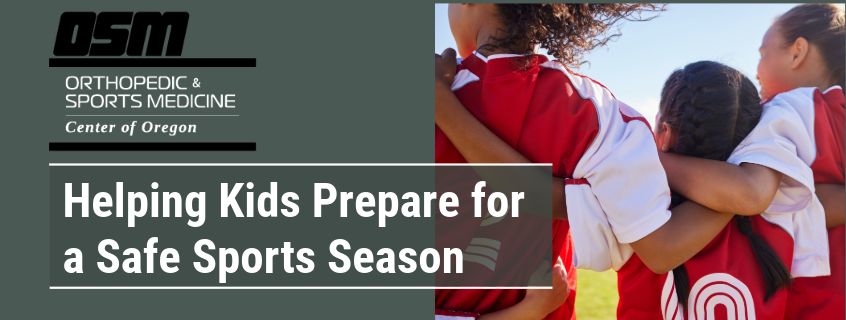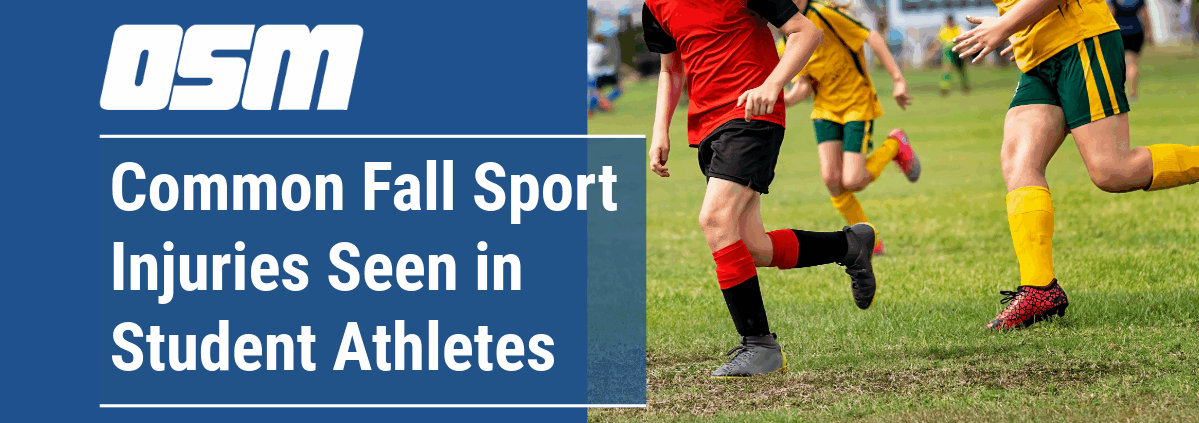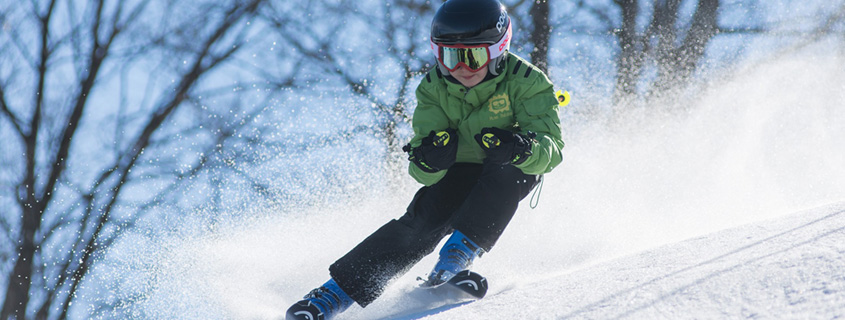Helping Kids Prepare for a Safe Sports Season
Article featured on NY Orthopedics
Proper preparation is important for preventing sports-related injuries in children. Every year, young athletes across the country lace up their cleats, strap on helmets, and head into a new season filled with practices, games, and tournaments. While sports offer invaluable benefits—teamwork, discipline, physical fitness—they also carry a risk of injury, particularly if young bodies are not properly prepared.
Fortunately, parents play a critical role in ensuring their child’s sports season is not only successful but also safe. Here’s what you can do to support your child’s health and performance on and off the field.
1. Schedule a Pre-Season Physical
Before your child picks up a ball or steps onto a field, schedule a comprehensive pre-participation physical exam (PPE). This is more than just a school requirement—it’s a crucial step in identifying underlying health concerns such as asthma, heart conditions, or previous injuries that may increase the risk of complications during the season.
An orthopedic doctor or pediatrician will evaluate joint function, muscle strength, flexibility, and overall readiness. Catching potential issues early can prevent serious injuries later.
2. Focus on Proper Conditioning
Too often, young athletes jump straight into intense practices without building a base of fitness. A gradual return to sport-specific conditioning can greatly reduce the risk of overuse injuries like shin splints, stress fractures, and tendinitis.
Encourage your child to:
- Warm up with light cardio and dynamic stretching.
- Incorporate strength training (bodyweight exercises are great for kids).
- Work on sport-specific drills before the season begins.
- It’s not about pushing them to exhaustion—it’s about preparing their muscles, joints, and cardiovascular system for the demands of the game.
3. Emphasize Rest and Recovery
One of the biggest contributors to youth sports injuries is overtraining. Kids’ bodies are still growing, which makes rest essential for healthy development and injury prevention.
Help your child get at least 8-10 hours of sleep per night and be sure they take at least one to two days off from intense physical activity each week. Recovery days allow the body to heal micro-injuries and prevent burnout, both physically and mentally.
4. Invest in Proper Gear and Equipment
Make sure your child is using equipment that fits properly and is appropriate for their sport and position. This includes:
- Well-fitting shoes with the right support
- Protective gear like helmets, mouthguards, shin guards, and pads
- Weather-appropriate clothing to prevent heat illness or hypothermia
- Check gear regularly for wear and tear. Faulty equipment is a leading cause of preventable injuries.
5. Teach Good Technique and Form
Bad habits in movement patterns often lead to injuries. Whether it’s a baseball pitch, a soccer kick, or a basketball jump shot, proper form is key. Enroll your child in clinics or camps where trained coaches emphasize technique.
If your child complains of pain during a particular motion, don’t ignore it. Pain is often a sign that something isn’t right—better to address it early than risk a more serious injury.
6. Hydration and Nutrition Matter More Than You Think
Dehydration and poor nutrition can lead to cramping, fatigue, and impaired concentration, increasing the risk of injury. Teach your child to:
- Drink water regularly before, during, and after activity
- Eat a balanced diet rich in lean proteins, whole grains, fruits, and vegetables
- Avoid sugary drinks and excessive processed foods
- Fueling the body properly is just as important as training it.
7. Listen to Your Child’s Body—And Encourage Them to Speak Up
Many young athletes are hesitant to report pain or discomfort because they don’t want to let the team down. As a parent, create a safe space where your child feels comfortable being honest about how they’re feeling physically.
If something seems off—limping, favoring one side, or constant soreness—consult an orthopedic specialist before it worsens. Early intervention is key to a faster, safer recovery.
Final Thoughts
Youth sports are meant to be fun, developmental, and empowering. With the right preparation and parental support, they can also be safe. As orthopedic specialists, we encourage all parents to be proactive, not reactive, when it comes to their child’s health.
Prevention truly is the best medicine—and with a little planning, your child can enjoy a season full of success, growth, and most importantly, injury-free play.
The Orthopedic & Sports Medicine Center of Oregon is an award-winning, board-certified orthopedic group located in downtown Portland Oregon. We utilize both surgical and nonsurgical means to treat musculoskeletal trauma, spine diseases, foot and ankle conditions, sports injuries, degenerative diseases, infections, tumors and congenital disorders.
Our mission is to return our patients back to pain-free mobility and full strength as quickly and painlessly as possible using both surgical and non-surgical orthopedic procedures.
Our expert physicians provide leading-edge, comprehensive care in the diagnosis and treatment of orthopedic conditions, including total joint replacement and sports medicine. We apply the latest state-of-the-art techniques in order to return our patients to their active lifestyle.
If you’re looking for compassionate, expert orthopedic and podiatric surgeons in Portland Oregon, contact OSM today.
Phone:
503-224-8399
Address
17355 Lower Boones Ferry Rd Suite 100A
Lake Oswego, OR 97035
Hours
Monday–Friday
8:00am – 4:30pm




